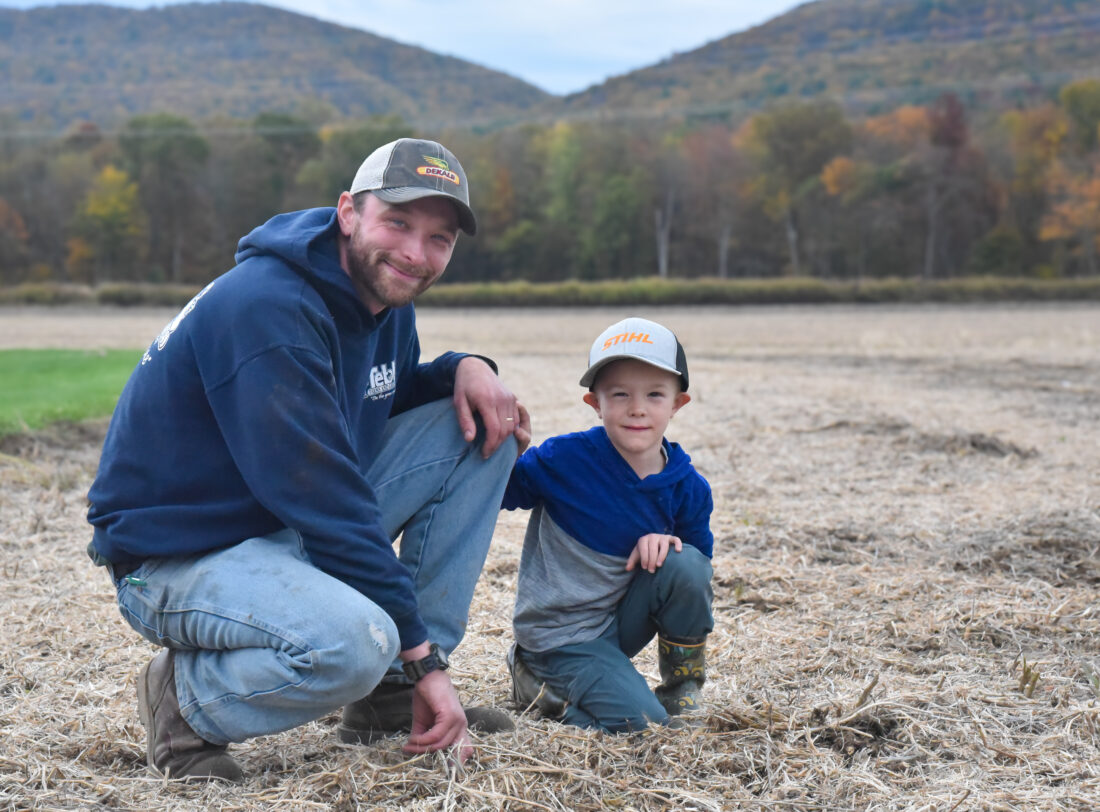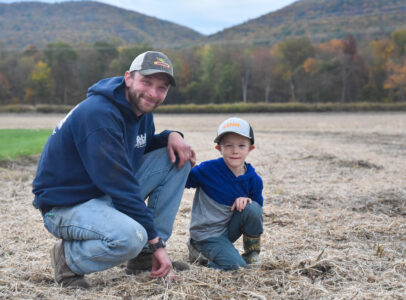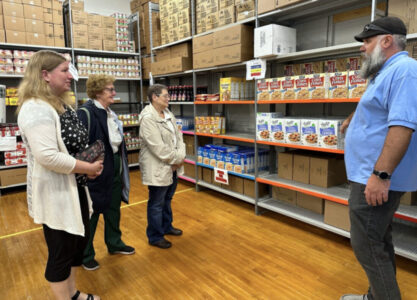Local soybean farmers hopeful over U.S. trade talks with China

Trade talks and a deal with China have resumed sales of American soybeans, which is good news for local soybean farmers. Farmers, who have been plagued with problems from weather to low crop yields this year, finally have something to celebrate.
“It’s a good deal,” said Snyder, who is a fourth-generation soybean farmer in Montoursville, noting the deal requires China to buy from American farmers.
Snyder added though that China has been known in the past to not make good on its promises.
“I believe good trade is important in the long run for the Pennsylvanian-American farmer. The prices this fall for soybeans were lower because of the tariff dispute but not substantially lower than the past years’ prices, when there were no tariffs to blame. A long term positive deal for international sales of American soybeans would be the best situation for American farmers,” said Dan Tebbs, who is a third generation soybean farmer from Nisbet.
Tebbs pointed out that his soybeans are only sold locally but market price is what affects local soybean farmers.
“The price [of soybeans] has dropped a little bit but that isn’t all because of tariffs. The world supply of soybeans is high now. … Argentina and South American countries have good soybeans. So, China has choices of where to buy their soybeans,” said Snyder.
Soybeans are the United States’s biggest agricultural export, according to the United States Department of Agriculture (USDA). Many of those beans are sold to China but until days ago, no soybeans had been sold to the country this harvest season.
The deal reached Thursday requires China to buy 12 million metric tons of U.S. beans through January, and will buy at least 25 million metric tons annually for next three years, according to Associated Press reporting.
Snyder just completed his soybean harvest, which now sits in silos.
“I store mine at a granary and the USDA controls the price. Once it gets to a price that I am content with, then they are sold but I don’t know where they go. They can go into feed for animals. There are over 4,000 uses for soybeans,” said Snyder.
Market pricing was not the only challenge this year. Both Snyder and Tebbs said that they were disappointed with this year’s crop yield due to sporadic weather.
“This year is probably one of the worst growing years that I’ve seen in a long time. We had torrential rains in spring and then we had drought in the summer months. The drought will make the bean smaller,” said Snyder.
Tebbs added, “With a lot of rain in the spring, the soybeans didn’t like it. That was the first strike against soybeans and then the rain shut off. This year the rain stopped at a point when the bean is forming. There won’t be a record harvest this year. We are always at the mercy of the weather as farmers.”
Tebbs is still harvesting his soybeans but is nearly done. His crop will be used for animal feed and oils will be extruded to produce cooking and vegetable oils.
As Tebbs envisions the future of farming, he looks to his son Max, who wants to be the next generation of Tebbs’ farmers.
“Anything farm related, he is into it,” said a proud Tebbs.
At only five years old, Max has years before he will take up the family trade, which is facing even more challenges than weather and market prices.
“You are always at the mercy of something. You can’t let every downturn affect you. You just have to keep going. Farming is now more expensive — equipment, seeds and land. And farmers are putting pencil to paper to figure out if this makes sense. The margins are getting much thinner,” said Tebbs.
Snyder said that he learned everything he knows about farming from his father Dick Snyder.
He said, “Farmers have to be eternal optimists. My dad said, ‘We do 10% of the work and mother nature does 90% of the work.”





